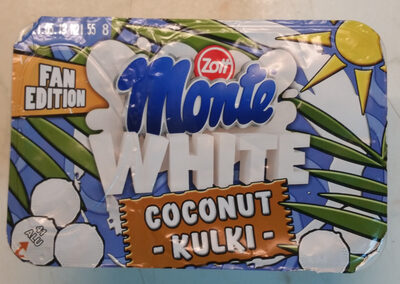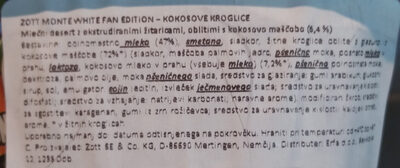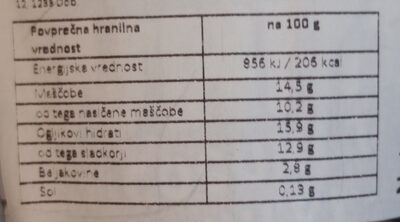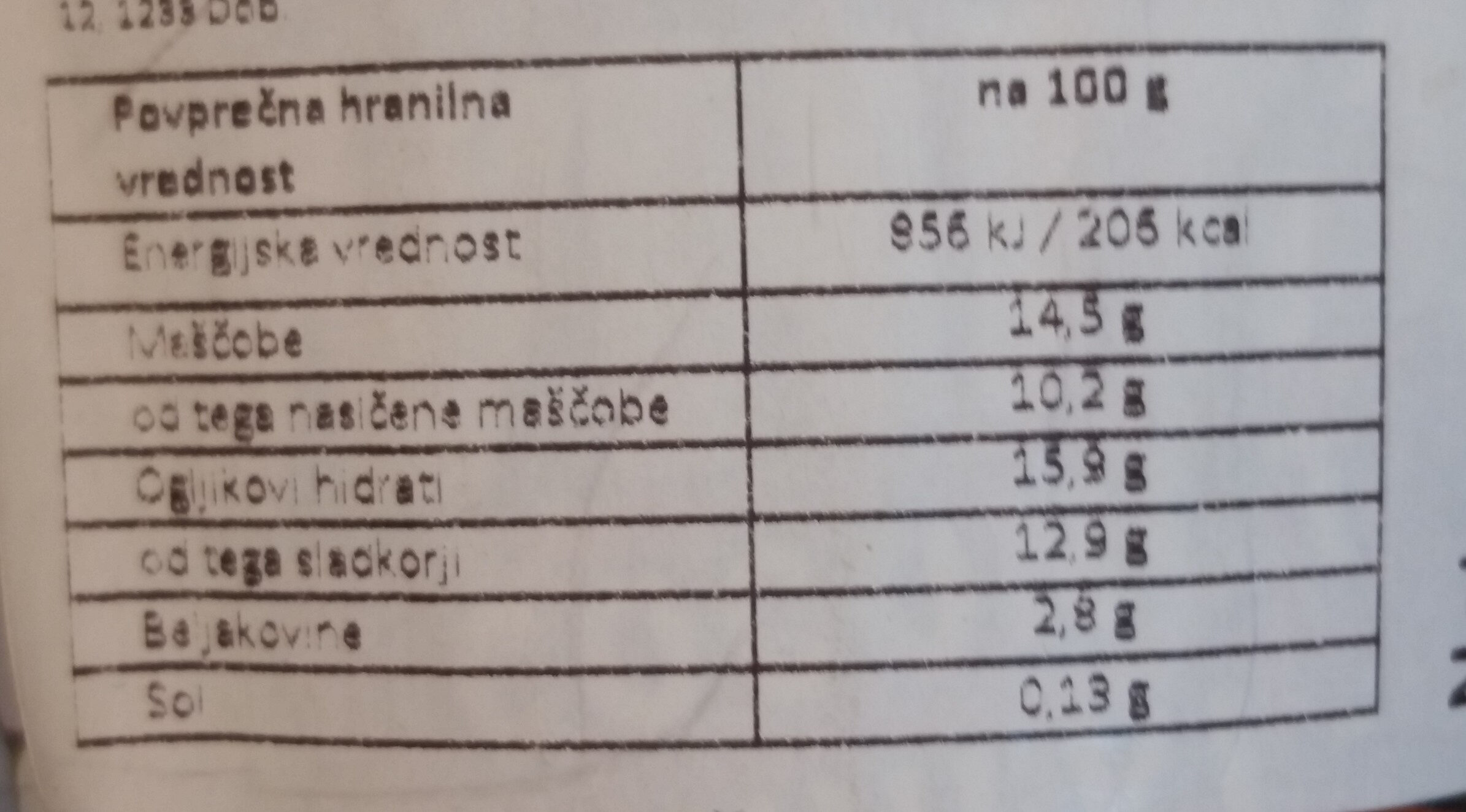Monte white - Zott - 125g
This product page is not complete. You can help to complete it by editing it and adding more data from the photos we have, or by taking more photos using the app for Android or iPhone/iPad. Thank you!
×
Barcode: 4014500515694 (EAN / EAN-13)
Quantity: 125g
Packaging: Plastic, Pp-polypropylene, sl:ALU 45
Brands: Zott
Traceability code: DE BY-77721 EG
Stores: Tuš
Countries where sold: Slovenia
Matching with your preferences
Environment
Packaging
Transportation
Report a problem
Data sources
Product added on by bavc
Last edit of product page on by packbot.
Product page also edited by openfoodfacts-contributors, roboto-app.
If the data is incomplete or incorrect, you can complete or correct it by editing this page.








